|
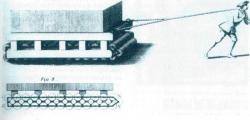
|
1 - Sheet N ° 142 of Mr. d'Herman filed at the Royal Academy in 1713.
Pict from book of Jean Noulin : 'Histoire des tracteurs à chenilles en France', ETAI, 92100 Boulogne , 1997.
|
|
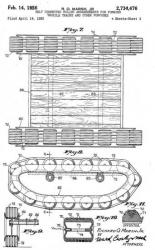
|
2 - Patent of R. O. Marsh of February 14, 1956. US2734476 patent
|
|

|
3 - Airoll, first prototype in 1962. http://www.jedsite.info/fulltrack-alpha/alpha/airoll_series/airoll/airoll.html
|
|
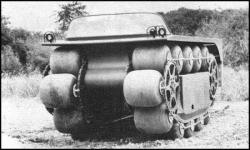
|
4 - Airoll 1, 2nd prototype in 1965. http://www.jedsite.info/fulltrack-alpha/alpha/airoll_series/airoll-series.html
|
|
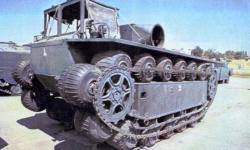
|
5 - XM 759 at Pendelton Museum around 1975. From book 'World Mook' N° 27, Japon, around 1975.
|
|
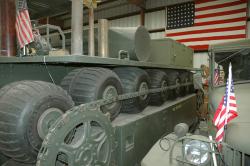
|
6 - XM 759 in a Museum of Northern California around 2005. From site com-central.net
|
|
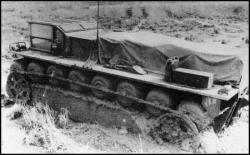
|
7 - 8 - XM 759 in tests in 1967.
Picture from book of Fred Crismon ‘US Military Tracked Vehicles’, Motorbook International Publishers & Wholesellers, 1992.
|
|
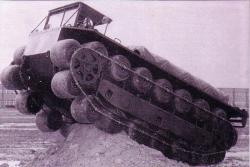
|
7 - 8 - XM 759 in tests in 1967. From 'Les véhicules amphibies', N° 73, Editions Atlas, 1985.
|
|
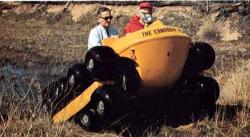
|
9 - 10 - 11 - Canadair-Fisher CL -213 in 1963-1964. https://sites.google.com/site/canadair50otherproducts/1956vehicles
|
|
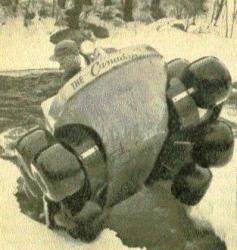
|
9 - 10 - 11 - Canadair-Fisher CL -213 in 1963-1964. Pict from 'Science et Vie' Oct 1964.
|
|
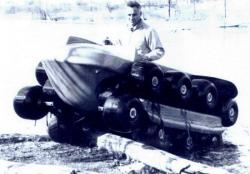
|
9 - 10 - 11 - Canadair-Fisher CL -213 in 1963-1964. Pict J M M Collection (from Fred Crismon).
|
|
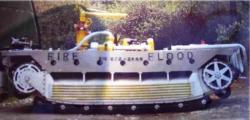
|
12 - Dredge, of Clark Equipment Co, for firefighting, exploration, maintenance and rescue vehicle in 1967 for US Forest Service, Portland, Oregon. Pict from http://www.amphibiousvehicle.net/frame.html, an excellent site.
|
|
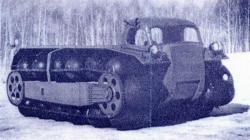
|
13 - Zil PKTs-1 in 1965. http://sovcarhistory.ru/category/%D0%B7%D0%B8%D0%BB/
|
|
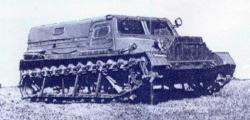
|
14 - GAZ 47-AMA of A. M. Avenarius in 1965. Pict J M M Archives.
|
|
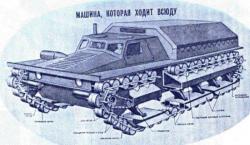
|
15 - GT-TK of A. M. Avenarius in 1974.
Pict of the book ‘Les Tracteurs et Engins Spéciaux Chenillés Soviétiques’, Tome II, by Alain Dupouy, Publisher A Dupouy, Grenoble, 1986.
|
| |
|















 Français
Français
 English
English
 Español
Español
 Italiano
Italiano
 Deutsch
Deutsch
 Nederlands
Nederlands
 Portuguesa
Portuguesa